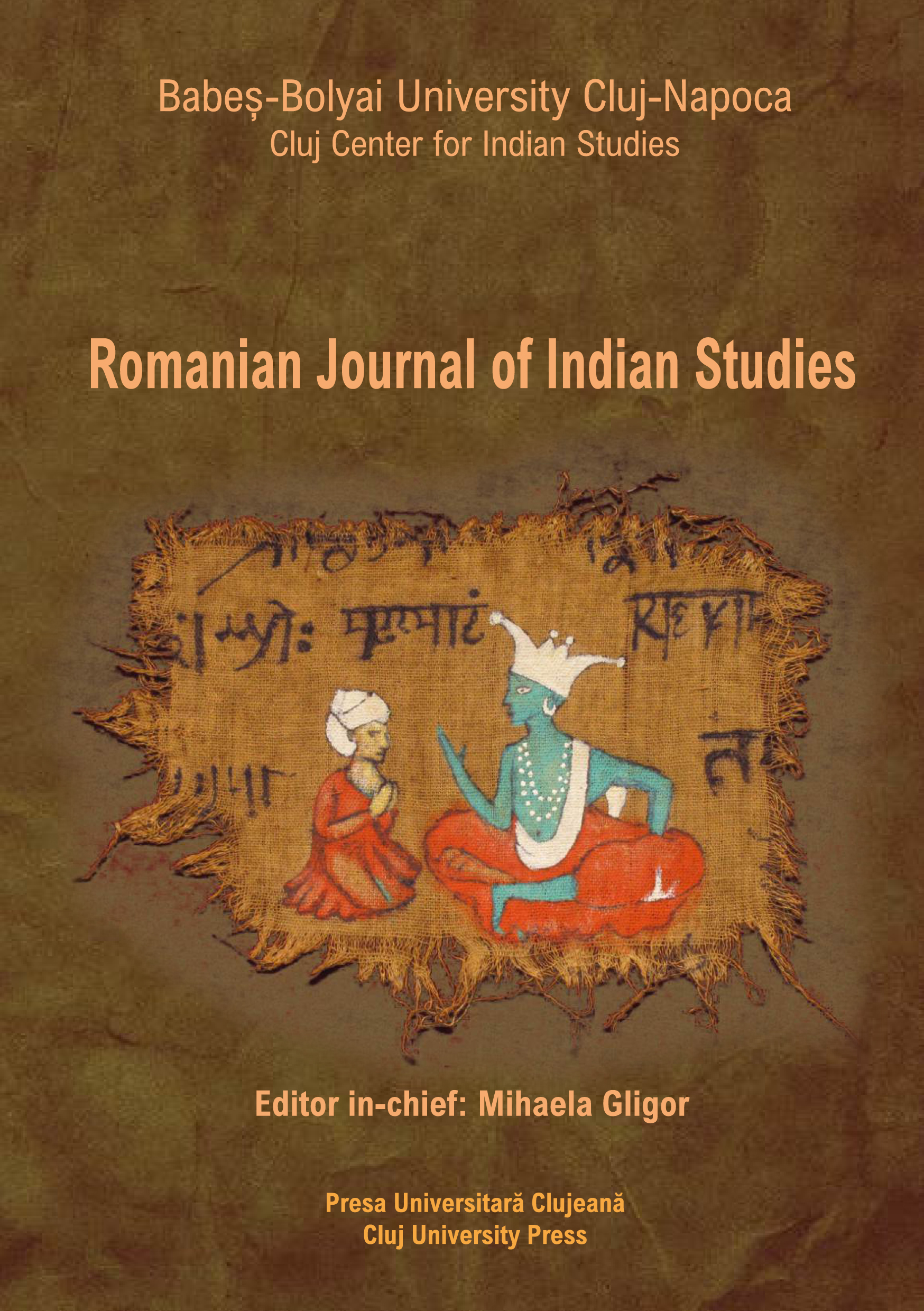Reality in Advaita Vedānta:
pāramārthika, vyāvahārika, prātibhāsika.
A Phenomenological Approach
Reality in Advaita Vedānta:
pāramārthika, vyāvahārika, prātibhāsika.
A Phenomenological Approach
Author(s): Ioan DuraSubject(s): Philosophy, Theology and Religion
Published by: Presa Universitara Clujeana
Keywords: Advaita Vedanta; reality; Sat; pāramārthika; vyāvahārika; prātibhāsika
Summary/Abstract: The aim of our study is to decipher the significance of reality at three levels (pāramārthika, vyāvahārika, prātibhāsika) in one of the six darśana, which constitute the systematic philosophical framework of Hinduism: Nyāya, Vaiśeṣika, Sāṁkhya, Yoga, Mimāmsā, and Vedānta. Therefore, our research will explore the ontological dimension of the real/reality in Advaita Vedānta, the system formulated by Śaṅkara (788-820), which suggests the non-dualism as a fundamental metaphysical principle. The Vedantic non-dualism can be synthesized to three essential but distinct coordinates which, however, complete reciprocally: 1) The inner I, Ātman, is identical with Brahman, the non-dual Reality; 2) Brahman is the only and true unchangeable Reality; 3) All dualities within the phenomenal sphere are illusory. The term advaita does not try as much to define Brahman, but rather to correct the misunderstanding of reality. Along this line of thoughts, Advaita Vedānta presents itself as a metaphysical, trans-empirical explanation whose rational comprehension is, under certain circumstances, impossible.
Journal: ROMANIAN JOURNAL OF INDIAN STUDIES
- Issue Year: 2017
- Issue No: 1
- Page Range: 80-98
- Page Count: 19
- Language: English

